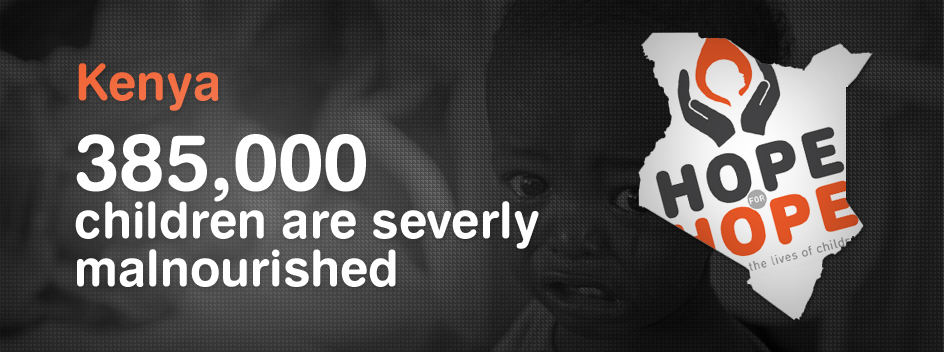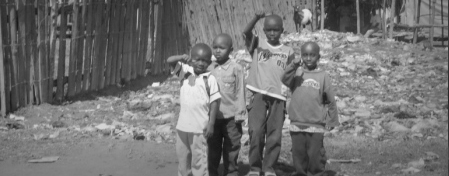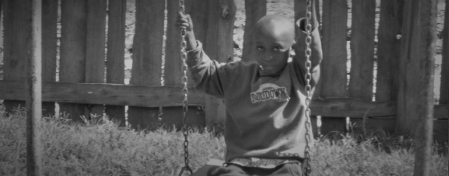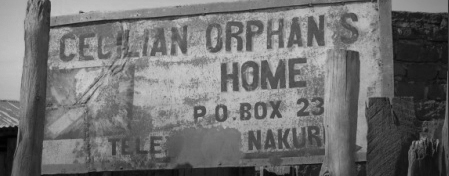
Project Little Drops
3 Important Facts:
“6% of all children in Kenya are orphaned. 2.6 million children (1-17) are orphaned out of a total of 40.5 million children living in Kenya.”(Unicef)
“Migration by families searching for food is decreasing enrollment in some schools, while exposing children to the risk of child labor, abuse and prostitution.” (United Nations)
“Only 85 percent of children who lost one or both parents were attending school, compared to 93 percent of other children. Orphaned and vulnerable children (OVC) also tended to start school at a later age and drop out earlier than other children. The number of OVC has been continuously rising in Kenya, mainly because of the widespread problem of HIV/AIDS.” (World Bank)
Project Specific Facts
Statistics about Kenya and region:
"13 million Africans are in the middle of the worst drought in 60 years and the worst famine in 20 years. Famine is defined as when two adults or four children per 10,000 people die of hunger each day and a third of children are acutely malnourished.” (USAID)
"In Kenya alone, between 3.5-5 million people are reported to be in urgent need of food assistance and the situation is likely to continue to deteriorate” (ActionAid)
"There were approximately 2.4 million orphaned and vulnerable children (OVC) living in Kenya (30% of total number of children living in poverty.”(World Bank)
"About 385,000 children are either “moderately or severely” malnourished, while another 90,000 pregnant or lactating mothers face malnutrition” (UN Children’s Fund)
Nearly a billion, 884 million people do not have access to clean and safe water. 37% of those people live in Sub-Saharan Africa.
2.3 million Somali people are currently in a food crisis- that is 31% of their total population. 9.5 million people are currently in a food crisis across the horn of Africa.
The Horn of Africa: more than 560,000 people are affected by drought (Currently 13 million people in the Horn of Africa are living in a state of crisis. Crisis meaning 13 million people either being killed, starving to death, or being displaced).
Issues affecting livelihood in Kenya
Kenya has been riddled with problems for decades and the previous years have been especially hard on the livelihood of Kenyan peoples. Severe drought and food shortage across the Horn of Africa (Ethiopia, Somalia, Eritrea and Djibouti) (Kenya boarders Ethiopia and Somalia) has left over 13 million people in urgent need of humanitarian assistance. In some areas, the current drought is reported to be the worst in over 60 years. In Kenya alone, between 3.5-5 million people are reported to be in urgent need of food assistance and the situation is likely to continue to deteriorate.
In October, 2012 Kenya entered a war with the terrorist group Al-Shabaab which has occupied neighboring Somalia. The war is draining the Kenyan government’s financial resources and attention. Before declaring war Kenya was housing up to 500,000 Somali refugees in the border towns of Kenya, in particular Dadaab refugee camp, which requires an abundance of national and international aid support, leaving other parts of the country to lack needed support. President Kibaki of Kenya said this in regards to the refugee camp, “It is adversely impacting our political and socio-economic dynamics. It is posing growing and serious security threats to Kenya and the region. The refugee camps in Kenya are overcrowded, have caused huge environmental degradation, have led to growing tensions with host populations and are infiltrated by extremists. This is the reality of the humanitarian and security crisis that Kenya continues to bear.”
In 2008 the “post-election violence” left thousands of Kenyans murdered and many more displaced. The Kenyan government has done very little since to relocate Internally Displaced Peoples (IDPs) who are still living with their children in pathetic and hazardous environments.
North Eastern Regions of Kenya, such as Isiolo, are impacted by an increase in violent conflict over cattle rustling and clashes over grazing land and water, which is relatively common among pastoralist communities and often escalate into revenge attacks. In addition to some of these large scale problems such as war, mass-murder, food shortage and drought, Kenya has many of the familiar problems typically associated with developing countries such as: tribal tensions, inequalities amongst tribes and genders, poor economics and governance, wide spread local and federal corruption in the government, high rates of poverty, an over-reliance on aid, lack of industries, poor education system, climate change and crop failure, wide spread disease including HIV/AIDS, typhoid, dengue, and malaria, and a rising living standard increasing steadily above the average families income.
Background of the Hope for Hope Little Drops Children’s Home Project
To help deal with the many issues that are leaving millions of Kenyan children orphaned, the Little Drops Home will provide a safe and healthy place where children will be well cared for emotionally and physically with a primary education available through enrollment at the local school (Priy Primary and Secondary School, Nyahururu, Kenya).

Little Drops will employ full and part-time social workers to act as role models and caregivers; they will address the unique issues these children are dealing with - not only will many of these children be hungry and have no education, but they will be also confronting such issues as the sudden loss of parents and family members, substance abuse, physical and sexual abuse, HIV infection, post-traumatic stress, and attachment disorders. The social workers will conduct group and individual counseling sessions dealing with these issues and also on topics related to the transition from adolescence to adulthood.
To limit recurring expenses and to provide occupational work and integration within the community, as well as to provide a practical education to the elder children of the home, the Hope for Hope Little Drops Children’s Home will be self-sustaining by incorporating farming into the structure of the Home. 3 acres of the Little Drops Children’s Home will be dedicated to greenhouse horticulture and livestock farming. The crops will be used to feed the home and excess crops will be sold locally to bring revenue to the Home for other recurring expenses such as school fees.

As operations progress, Little Drops will include community counseling and activities with projects that include community and health education, group savings and loans (micro financing), youth life skills counseling, journalism, painting and theater classes, after school tutoring, as well as a sports club. These programs will be implemented to engage all the youth of Nyahururu, enabling them to broaden their horizons and achieve a brighter future.
Current Progress
Little Drops has been a registered non-governmental organization (NGO) in Kenya since 2010. A small team of directors have been in place since its inception and has established a network of social workers, community leaders, contractors and other organizations who are eager to assist in the foundation and operations of the Little Drops Children’s Home in Nyahururu. 
Little Drops has already acquired 5 acres of land in Nyahururu and we are on our way to transforming it into a home for 40 orphan and needy children.
Remaining Efforts
Little Drops has already acquired 5 acres of land in Nyahururu and we are on our way to transforming it into a home for 40 orphan and needy children. However, we need to build the home and develop funding to supplement the day-to-day operational costs, which include food, clothing, medical care, bedding, and education.
Orphanages in Kenya have severe funding problems, lack basic facilities and proper sanitation. As a contributor to Little Drops Foundation, you will help vulnerable children who will receive much needed attention, care, hope, encouragement, support and love. Through the education and compassion they receive, the children will be empowered to challenge life, poverty and exploitation.
Build dormitory
• (Girls Dorm)- 1,000 sq. ft = $10,000 • (Boys Dorm)-1,000 sq. ft.= $10,000 • 1,000 sq. ft. is enough space for 20-30 children • Staff Quarter- 300 sq. ft. = $3,000
Build dormitory
• Carpentry Work (beds, tables, etc.)- $4,000 • Bathroom/Washroom (3)- $3,000 • Kitchen- $2,000 • Cooking Supplies- $500 • Store Room- $1,000 • Fencing- $1,000 • Electricity (connection and wiring)- $700 • Vehicle- $7,000 • Water Supply (connection and piping)- $1,500 • Misc. expenses (legal costs, unexpected costs, price fluctuations)- $1,500
Start farming
• Irrigation System (tanks, pump, and drip system)- $2,000 • Farming Implements (tools, fertilizers, seeds, tractor hire)- $4,000 • Green house (construction for 2)- $3,200
Total Capital Expense Needed: $54,400
